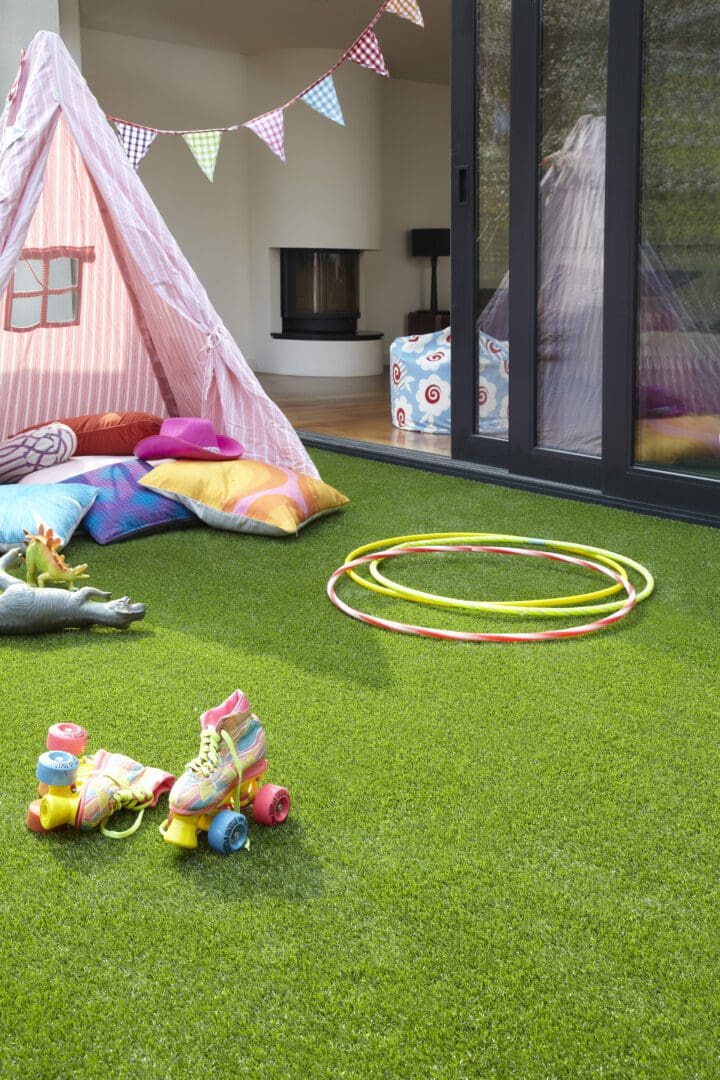
They might be popping up in gardens up and down the country, but the fact that artificial lawns are a relatively new concept means there are still a few misconceptions among homeowners as to the best ways of looking after them. With that in mind, here are the 5 maintenance mistakes you could be making – and how to fix them.
It’s true that artificial grass requires very little maintenance, but that’s not to say that it can be completely left to its own devices. This means there are certain tasks to carry out now and again that will help keep your grass in tip-top shape.
Firstly, remove any leaves and debris on a regular basis in order to avoid blockages building up and ensure no organic matter can ruin the turf. Secondly, give your lawn a quick brush now and again to lift the pile and keep the grass looking at its best. This is especially important after periods of high usage, so after a relatively warm summer that may have seen you in the garden fairly often, now might be the time to pick up a brush and get going!
That being said, some homeowners can take their maintenance to the extreme. As we’ve seen, keeping artificial grass clean is much easier than many people think, so there’s no need to use wash or scrub the turf with chemicals that could do more harm than good. The same goes for those with pets. To ensure the turf stays fresh and clean, any waste should be removed as soon as possible, before simply rinsing the area with water.
If you find your artificial lawn needs a little clean, suitable cleaning products can be found here.
Put the Dyson away! In a similar example of over-enthusiastic cleaning, another surprisingly common myth is that you need to vacuum an artificial lawn to keep it neat and tidy. In reality, domestic artificial grass systems are finished with a layer of sand infill that helps the fibres stand up straight and bounce back after being stepped on – meaning your attempts to keep the turf clean could actually be damaging the long-term look and performance of your turf.
Speaking of which, there is likely to be a certain amount of sand which is carried away from the surface over time (by a dog’s paws or on the soles of a shoe, for example). For that reason, it’s important to keep an eye on the infill level and ask your installer to top it up from time to time, if needed. We recommend using a 0.2mm-0.7mm rounded silica sand to keep your artificial lawn in ship shape!
It might sound strange, but the final mistake you could be making with your artificial lawn is asking too much of it. Everyone’s allowed an impromptu kickabout now and again, and many landscape surfaces, such as ours, are equipped with some of the same technology as sports products. However, that isn’t to say they’re designed for the same level of sporting use, so if you’re going to be using your lawn as a training ground to hone your skills, it may be worth considering a MUGA or sports-specific surface built for those requirements. .
As the above hopefully proves, less is quite often more when it comes to the upkeep of a functional and eye-catching artificial lawn. If you’re still unsure about any aspects of artificial grass maintenance, take a look at our blog on the most frequently asked questions.






